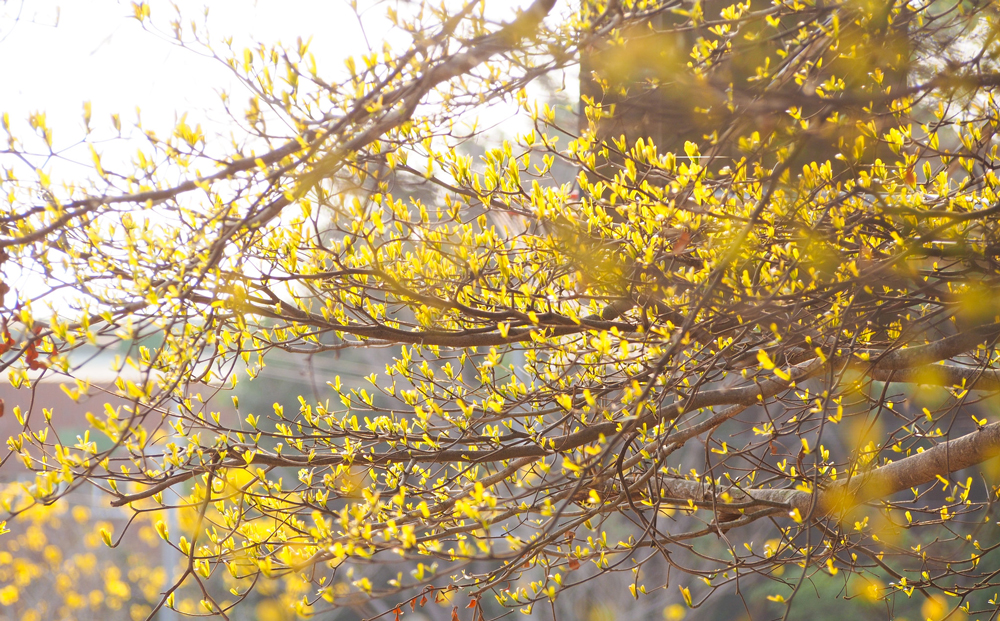At the end of winter, spring awaits and with it the most varied flowers, full of colors, in their role of bringing joy and wonder to the most demanding eyes. But we know that not all trees wait for spring to flower, even it being a survival technique. Some chose the task of bringing joy to the winter’s “grayness”. It’s what we all learn from the legend of the trumpet-tree.

It is said that one day God met all the plants and asked that each one chose a season to flower. Each decides upon a season: spring, summer, fall, but none chooses winter and God, worried, asks why. All of them mention the extreme cold, the dryness, the fires, until humble but brave the trumpet-tree volunteers to flower in this so inhospitable season. So God promises it the most varied colors in honor of such a noble offering. That’s why trumpet trees flower this season with pink, purple, white, yellow flowers, beautiful and plenty, each at its moment.
Even it being a legend, we know that indeed many birds are attracted to this marvel and that they make us happy with their joy. These are the thraupis, the thrush, the pionus, the parrot, the hummingbirds, among many others that depend on this flower, adding to the wonderful sight and fulfilling their role as pollinizers or just looking for food and shade.
But there is a fact that thrills me more and it is, or should be, a model to us all. Specially for being a plant that flowers in winter, a dry season, and, thus, the fires are constant, the trumpet-tree, a plant from the Cerrado, is the first to sprout and flower after a fire, bringing marvels and joy to a sad and dry landscape. Isn’t it wonderful? That’s why the trumpet-tree is for many the symbol of resilience, for no matter how sad the landscape is, it will be the first to sprout and give hope of renewal. Isn’t it a model for us, humans, that when facing a challenge must go on beyond survival and in search of renewal? How many people depend on us and expect something from us? When I see these tress flowering, I can’t help but remember that and, after the initial thrill, comes an overwhelming joy, pushing me forward.

Lúcia Helena Campolim is 59 years old, married, mother of two. She is a biologist, pedagogist, specialized in Human Nutrition, Mentoring for Online Learning, and Teaching Youngsters and Adults. She works at Centro Paula Souza and is currently Pedagogical Coordinator.
